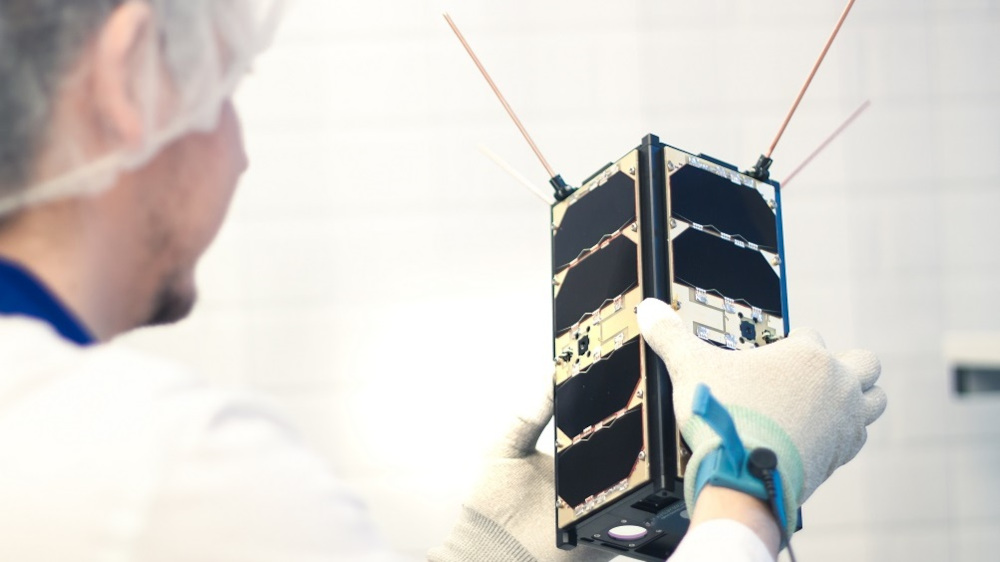Story of the Reaktor Hello World satellite

The Reaktor Hello World satellite orbited the Earth nearly five years before its journey was completed at the end of last year.
The journey of the Reaktor Hello World satellite was completed at the end of last year when the first space object registered in Finland hit Earth's atmosphere on 22 October 2023. The satellite was able to orbit the Earth for nearly five years, traveling more than a billion kilometres and nearly 30,000 times around the globe.
However, the story started much before that, in 2016. At the time, the Aalto University satellite team familiarised itself with the personnel of the technology company Reaktor in the final phase of the Aalto-1 satellite project and decided to combine the expertise of the new Finnish space technology with agile software development of Reaktor. The cooperation led to a new space sector startup Reaktor Space Lab, which later became the current Kuva Space.
The purpose of the satellite mission was to develop a high-quality and reliable satellite platform for implementing the company's future missions and testing new technologies. The hyperspectral camera developed by VTT Technical Research Centre of Finland, which had already flown in the Aalto-1 satellite, was selected as the payload of the satellite – this time as an infrared version. The hyperspectral camera can be used to identify materials on the Earth and changes in them. The satellite was developed with the company's internal agile methods in about two years and launched successfully into space towards the end of 2018.
The mission was almost entirely successful; the satellite and the camera on board operated reliably from start to finish, even if there were momentary faults, as preparations had already been made for them when planning the satellite. The data produced by the camera could also be analysed fairly, although the satellite's manouverability and the lack of a fast data link limited the collection of data – on the other hand, the processing of data products was not even the goal of this mission, as the accuracy of the camera did not yet meet commercial needs.
The main benefit of the Reaktor Hello World project was to serve as a solid foundation for the company's future satellites. It led to the first satellite order from Finland in the history of the European Space Agency ESA in a mission called W-Cube and shortly thereafter also to a national space technology demonstration flight called Sunstorm. Both satellites have functioned as expected since their launches in 2021, fulfilling all the missions' required objectives. The follow-up version of the camera carried by Reaktor Hello World is also intended to fly to collect data from asteroids as an important part of ESA's HERA Mission.
Kuva Space has continued to develop hyperspectral satellites based on the same technology over the years in cooperation with VTT to meet many commercial needs. The first commercial satellites are due to be launched this year. Over the next couple of years, dozens of satellites of the company will orbit the Earth; they will collect data from any location on the Earth even daily. This new data source combined with the AI algorithms developed by the company enables almost real-time monitoring of the impacts of climate change.
There are numerous uses for monitoring the environment, food safety and the global security situation. Although the journey of the Reaktor Hello World satellite ended with a shooting star, its story continues as part of the future of Kuva Space and Finnish space technology.
Tuomas Tikka
Chief Technology Officer
Kuva Space
Read also: Cube Sat will sift asteroid secrets from reflected sunshine




